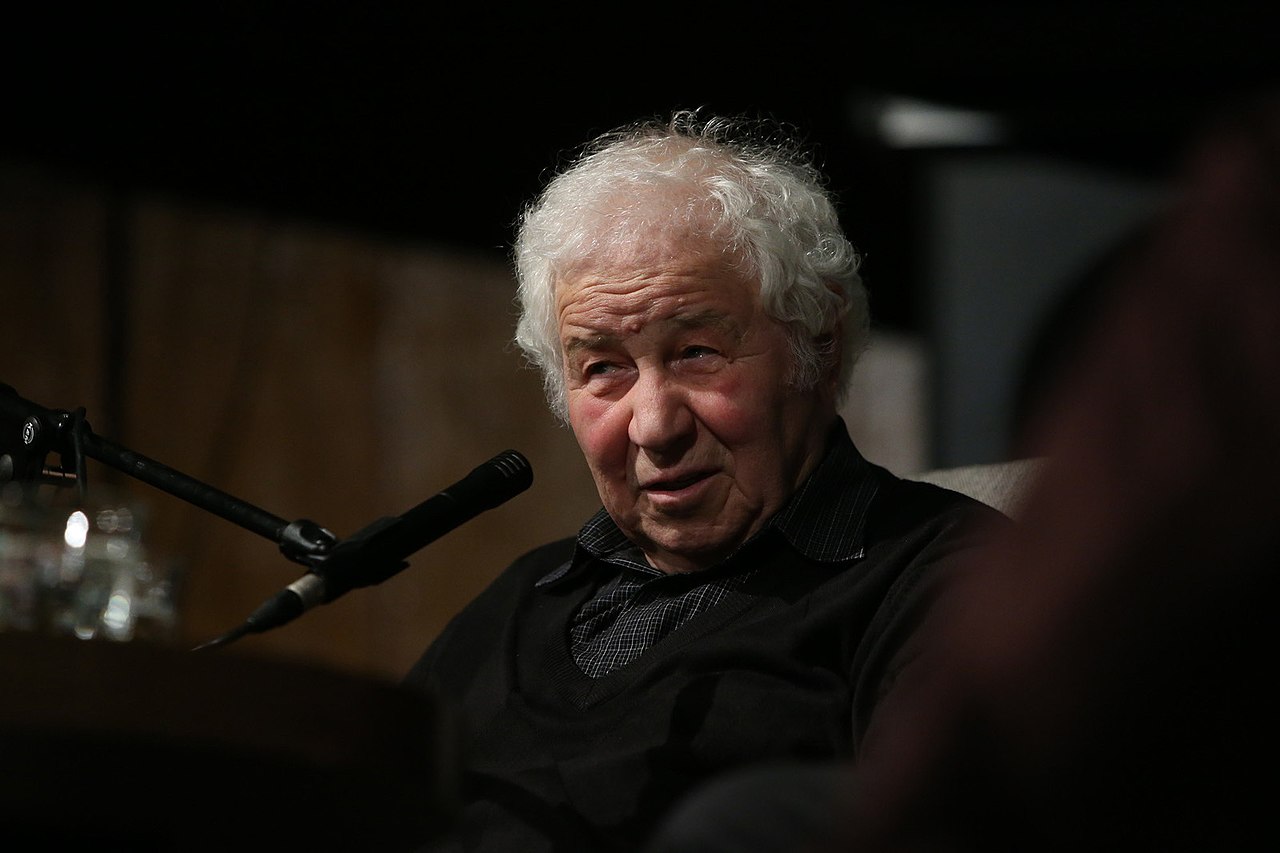

Ilya Kabakov, perhaps the most famous representative of Moscow conceptualism. His works are exhibited all over the world, and the prices for them are growing every year, however, interest in his work arose only after the artist emigrated to the West in 1987, although for many years Kabakov was the leader of “unofficial art” in the Soviet Union.
Ilya Iosifovich Kabakov was born on September 30, 1933 in Dnepropetrovsk. In 1941, Ilya and his mother were sent to evacuation to Samarkand. There he in 1943 entered the art school at the Leningrad Institute of Painting, Sculpture and Architecture named after Repin, who was also evacuated to this city. In 1945, he moved to Zagorsk outside Moscow and was transferred to the Moscow Secondary Art School (MSHSH), after which he entered the Moscow State Academic Art Institute named after VI Surikov in the graphic department. After graduation I got a job as an illustrator, his drawings were also placed in the magazines “Murzilka”, “Funny Pictures”, almanacs “Zvezdochka” and “All the year round”. However, the main creative life of the artist passed beyond the framework of official work.
The series “Shower” – one of the first works of Kabakov, exhibited in Italy in 1965, quarrels with the artist of the Soviet government. The figures depict a person standing under the shower head, but the water that pours out of it does not touch it. According to critics, this work symbolized the lack of material resources under the communist regime, and they dubbed Kabakov the voice of the anti-Soviet generation.
Conceptualism is an international movement in the art of the 20th century, from the late 60s a conceptual direction in Moscow culture was formed. Conceptual works cause a certain discomfort in the audience not so much due to an unusual or annoying external appearance, but mainly due to other rules of their perception, violating the established habit of communicating with art. They do not rely on direct perception, do not appeal to emotional empathy, they deny traditional aesthetic evaluations.
Another example of the work of Ilya Kabakov is the installation created in 1985, “A Man Flown Into Space,” which the artist exhibited in his workshop. This work represents the remains of a recently inhabited room, in the center of which is a catapult. Above this device, in the ceiling a gap is gaping, which, apparently, was pierced by the former occupant of the room, when he flew away. The work speaks not only of the artist’s experience, Kabakov will leave the Soviet Union in two years, but also about emotional liberation from ideological bonds, about some creative freedom, so necessary for every person.
Ilya Kabakov’s works are kept in 250 museums of the world, more than 50 installations decorate parks, squares and streets of cities on all continents, and paintings “The Beetle” ($ 5.8 million, 2008) and “Suite” ($ 4.1 million, 2006) are the two most expensive ever sold works of contemporary Russian art.